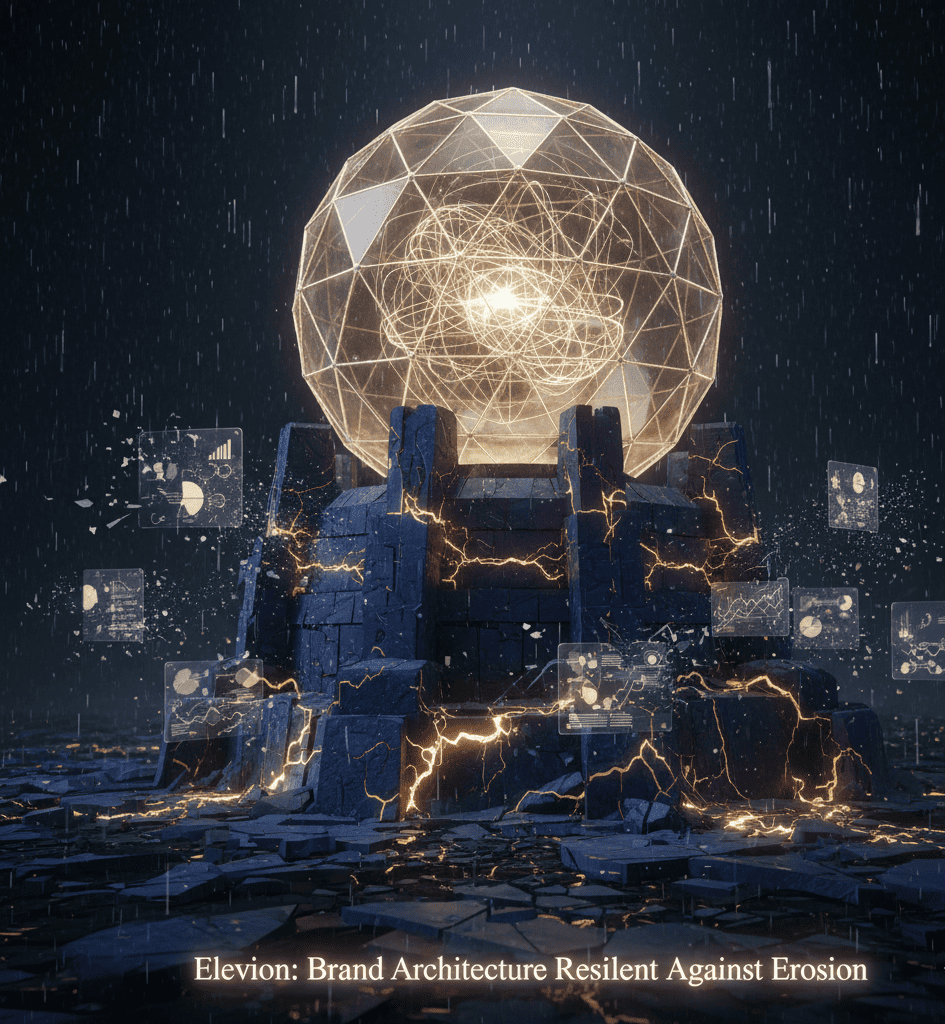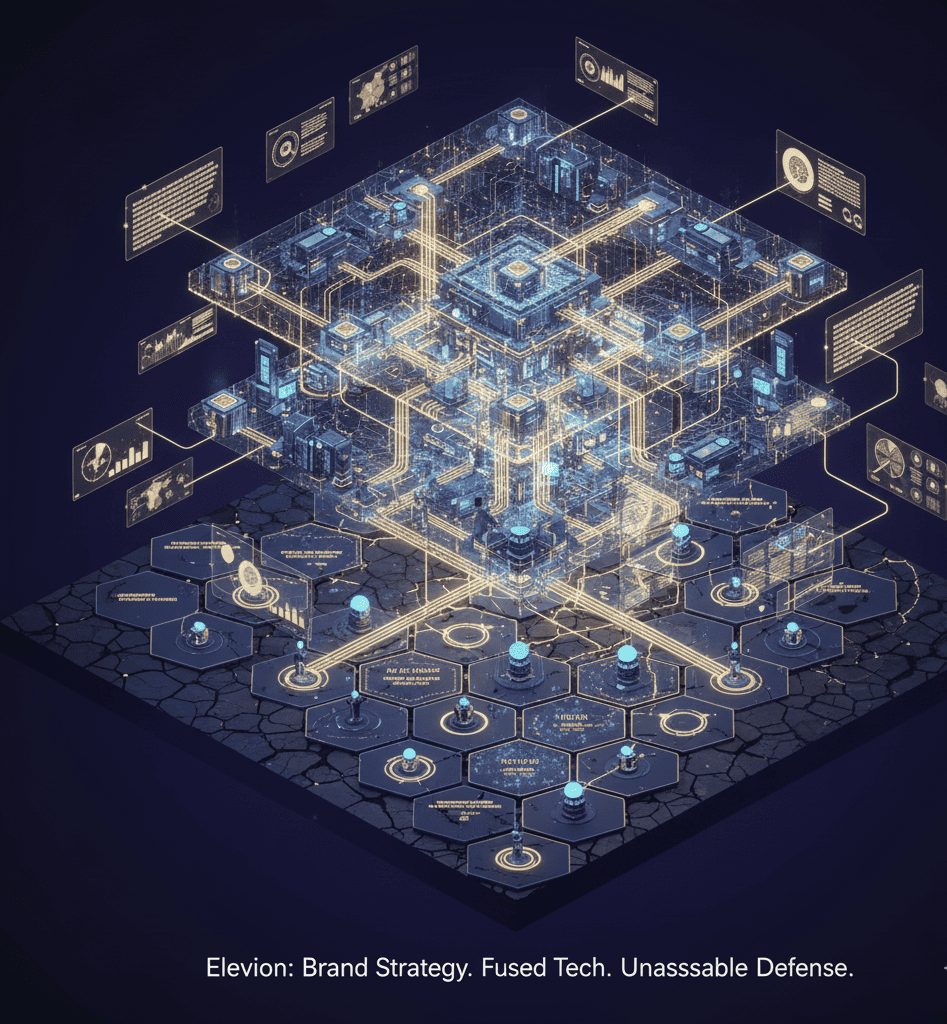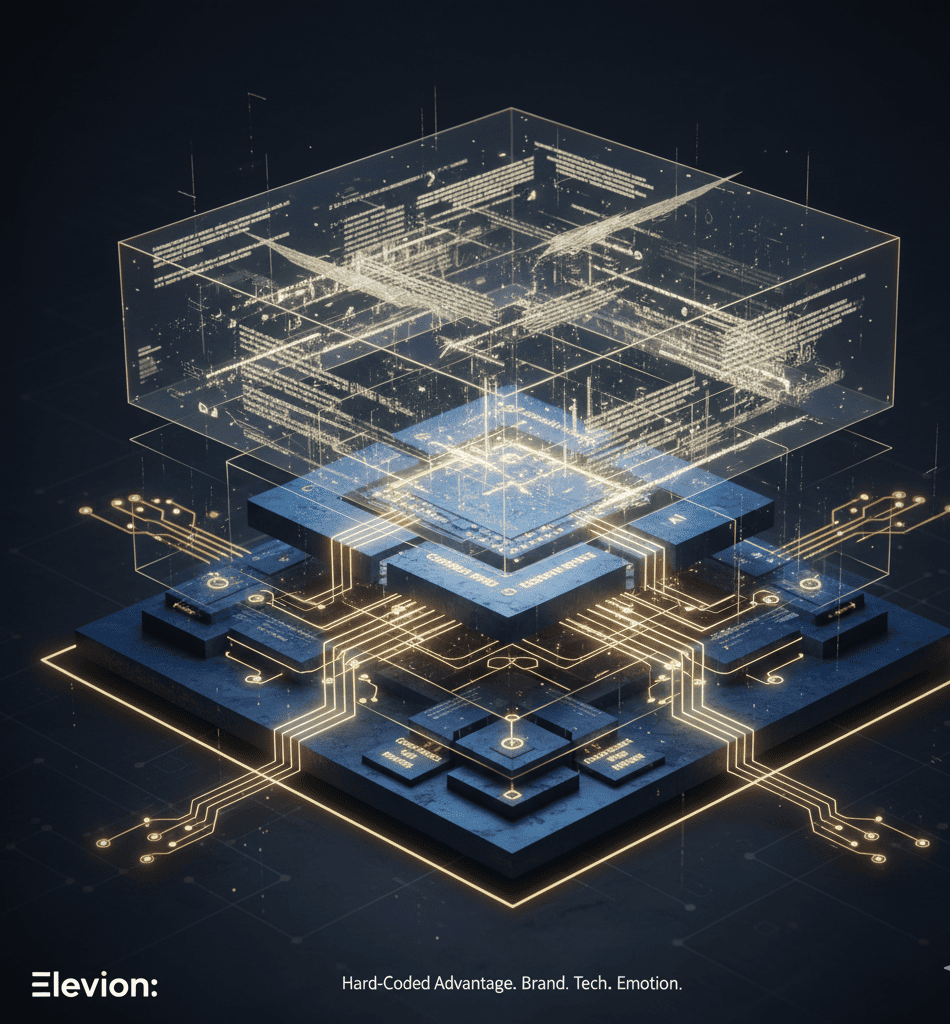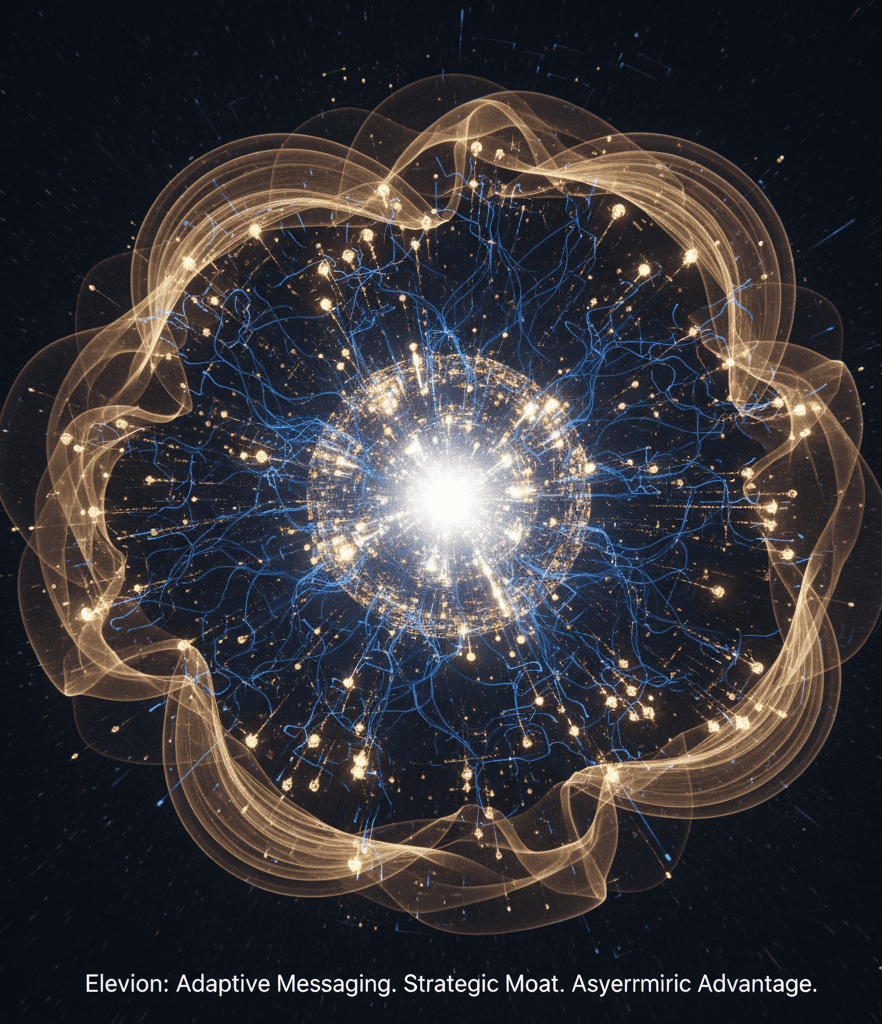The Pervasive Strategic Gap (Why Legacy Models Fail)
The modern C-Suite operates under a fundamental strategic delusion that has cost Fortune 500 companies billions in evaporated market value. This delusion manifests as the persistent belief that brand exists as a marketing asset—a narrative veneer applied atop business operations to enhance perception and command premium pricing. This conceptual framework has proven catastrophically insufficient in an era where competitive advantages evaporate at algorithmic speed and customer loyalty fragments across infinite digital touchpoints.
Traditional consulting firms, despite their intellectual pedigree, perpetuate this strategic myopia through their bifurcated service architecture. McKinsey crafts elegant brand positioning frameworks that remain trapped in PowerPoint presentations, disconnected from the operational realities that determine customer experience. Bain constructs sophisticated customer journey mappings that fail to account for the technological infrastructure required to deliver those experiences at scale. Boston Consulting Group develops market entry strategies predicated on brand differentiation assumptions that crumble when confronted with the execution complexities of modern digital ecosystems.
This separation between strategic theory and operational execution creates a fatal gap—a strategic void where competitive advantages go to die. The traditional model assumes that once the “brand strategy” is defined, it can be handed off to digital agencies for tactical implementation. However, this handoff severs the critical feedback loops between brand promise and customer experience, creating vulnerabilities that agile competitors exploit with ruthless efficiency. The result is a generation of companies that possess sophisticated brand narratives but lack the structural defenses necessary to protect their market position against digital-native insurgents who understand that brand defensibility must be engineered into the business architecture itself.

The Three Pillars of Elevion’s Brand Moat
Value Architecture and Strategic Segmentation.
Elevion’s Brand Moat methodology transcends the traditional boundaries between brand strategy and business architecture by positioning the entire business model as the primary competitive defense. Rather than treating brand as a communicative overlay, we architect it as the fundamental organizing principle that determines market positioning, pricing architecture, and competitive segmentation.
This approach begins with the systematic decomposition of market dynamics to identify structural value pools that remain invisible to traditional competitive analysis. Through proprietary value architecture modeling, we map the intersection between customer willingness-to-pay, competitive intensity, and operational scalability to identify positioning opportunities that create natural monopolies within specific market segments. This segmentation transcends traditional demographic or psychographic boundaries, instead focusing on the structural characteristics that determine long-term competitive defensibility.
The resulting value architecture creates what we term “pricing power moats”—structural advantages that enable sustained premium pricing independent of competitive pressure. These moats emerge from the systematic alignment between brand positioning and business model design, where every operational decision reinforces the perceived value proposition. When executed at scale, this integration creates self-reinforcing competitive dynamics where market share expansion directly strengthens the brand’s structural defenses, rather than diluting them through increased competitive exposure.

Digital System Integration (Execution Moat)
The second pillar of Elevion’s methodology represents the complete fusion of brand strategy with technological infrastructure, creating what we term “execution moats” that render competitive replication structurally impossible. Traditional approaches treat digital systems as delivery mechanisms for pre-defined brand experiences. Our methodology treats these systems as the primary medium through which brand value is created, experienced, and defended.
This integration occurs through the systematic hard-coding of brand strategy into every layer of the technology stack, from customer-facing interfaces to backend operational systems. Customer data platforms are architected to capture and operationalize the specific value propositions that define competitive differentiation. AI-driven personalization engines are trained not merely on behavioral data, but on the strategic positioning that determines which customer experiences reinforce brand defensibility. Operational workflows are designed to ensure that every customer interaction, regardless of channel or touchpoint, actively strengthens the structural advantages that define the brand moat.
The resulting system creates what we term “replication friction”—the exponential increase in complexity that competitors face when attempting to replicate not just the surface-level customer experience, but the underlying operational architecture that makes that experience sustainable at scale. This friction compounds over time as the integrated system continuously optimizes itself based on customer behavior patterns that are themselves shaped by the brand architecture. The result is a competitive advantage that strengthens with scale, rather than eroding through increased competitive exposure.


Narrative Fidelity and Asymmetric Messaging
The third pillar addresses the critical challenge of maintaining brand coherence across an increasingly fragmented media landscape while ensuring that every customer interaction actively reinforces the structural advantages that define the brand moat. Traditional approaches to brand messaging focus on consistency and reach. Our methodology focuses on what we term “narrative fidelity”—the systematic validation of brand messaging through continuous Audience Experience Optimization (AEO) that ensures every message actively strengthens customer affinity and competitive defensibility.
This approach operates through the systematic mapping of brand narratives to specific customer value drivers, creating a feedback loop where message performance is measured not merely through engagement metrics, but through their impact on long-term customer lifetime value and pricing power. Advanced natural language processing systems continuously analyze customer responses to brand messaging, identifying the specific narrative elements that create the strongest emotional resonance while simultaneously reinforcing the structural advantages that define competitive positioning.
The resulting system creates what we term “asymmetric messaging advantages” where the brand’s communication strategy becomes increasingly effective relative to competitors over time. This asymmetry emerges from the systematic integration between message testing, customer behavior analysis, and strategic positioning optimization. Every successful message iteration not only improves immediate campaign performance but also strengthens the underlying structural advantages that determine long-term competitive defensibility. The result is a brand communication system that becomes more effective and more defensible with each customer interaction, creating sustainable advantages that compound over time.
The Brand Moat vs. Traditional Strategy (The Delta)
| Attribute | Legacy Strategy (McKinsey/Bain) | Elevion’s Brand Moat Methodology |
| Brand Focus | Aesthetic & Narrative Theory | Structural & Systemic Defensibility |
| Execution Link | Separate, Delegation to Agencies | Integrated, Hard-Coded into Tech Stack |
| Primary Metric | Awareness/Perception | LTV Protection & Pricing Alpha |
| Competitive Defense | Marketing Communications | Business Model Architecture |
| Scalability Impact | Diminishing Returns | Increasing Returns |
| Replication Difficulty | Low (Copyable) | High (Structural Complexity) |
| Customer Data Usage | Campaign Optimization | Strategic Positioning Reinforcement |
| Technology Integration | Tactical Implementation | Strategic Architecture Foundation |
| Value Creation | Brand Premium Extraction | Competitive Moat Construction |
| Long-term Sustainability | Erodes with Competition | Strengthens with Scale |
| Investment Horizon | Quarterly Campaign Cycles | Multi-Year Strategic Compounding |
| Risk Profile | Market Share Volatility | Structural Advantage Stability |
The Call to Strategic Action
The market dynamics that have sustained traditional consulting models are collapsing under the weight of digital transformation, leaving C-Suite executives with strategic frameworks that fail to address the operational realities of modern competitive dynamics. Every quarter of delay in implementing structural brand defenses represents exponential value erosion as digital-native competitors systematically dismantle traditional competitive advantages through superior integration between brand positioning and operational execution.
The question facing strategic leadership is not whether to evolve beyond legacy approaches, but whether to architect these defenses proactively while market position remains strong, or reactively after competitive erosion has already begun. The former path enables strategic compounding that strengthens with scale. The latter requires resource-intensive reconstruction under competitive pressure.
